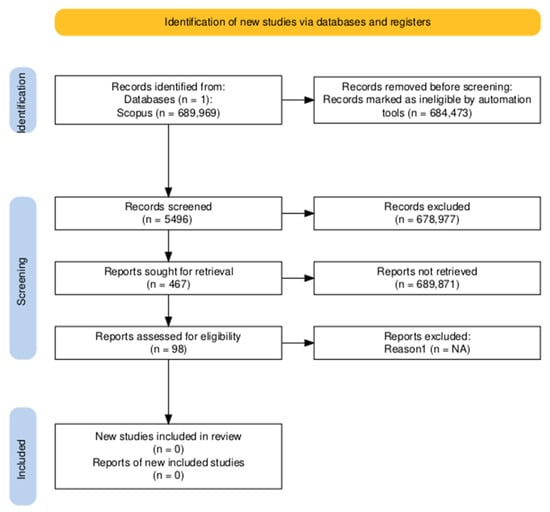-
 Analysis of Large Language Models for Company Annual Reports Based on Retrieval-Augmented Generation
Analysis of Large Language Models for Company Annual Reports Based on Retrieval-Augmented Generation -
 LiDAR Dreamer: Efficient World Model for Autonomous Racing with Cartesian-Polar Encoding and Lightweight State-Space Cells
LiDAR Dreamer: Efficient World Model for Autonomous Racing with Cartesian-Polar Encoding and Lightweight State-Space Cells -
 IncentiveChain: Adequate Power and Water Usage in Smart Farming Through Diffusion of Blockchain Crypto-Ether
IncentiveChain: Adequate Power and Water Usage in Smart Farming Through Diffusion of Blockchain Crypto-Ether
Journal Description
Information
- Open Access— free for readers, with article processing charges (APC) paid by authors or their institutions.
- High Visibility: indexed within Scopus, ESCI (Web of Science), Ei Compendex, dblp, and other databases.
- Journal Rank: JCR - Q2 (Computer Science, Information Systems) / CiteScore - Q2 (Information Systems)
- Rapid Publication: manuscripts are peer-reviewed and a first decision is provided to authors approximately 18.6 days after submission; acceptance to publication is undertaken in 3.6 days (median values for papers published in this journal in the first half of 2025).
- Recognition of Reviewers: reviewers who provide timely, thorough peer-review reports receive vouchers entitling them to a discount on the APC of their next publication in any MDPI journal, in appreciation of the work done.
- Journal Cluster of Information Systems and Technology: Analytics, Applied System Innovation, Cryptography, Data, Digital, Informatics, Information, Journal of Cybersecurity and Privacy and Multimedia.
Latest Articles
E-Mail Alert
News
Topics
Deadline: 31 December 2025
Deadline: 31 January 2026
Deadline: 31 March 2026
Deadline: 30 April 2026
Conferences
Special Issues
Deadline: 1 December 2025
Deadline: 20 December 2025
Deadline: 28 December 2025
Deadline: 31 December 2025

























